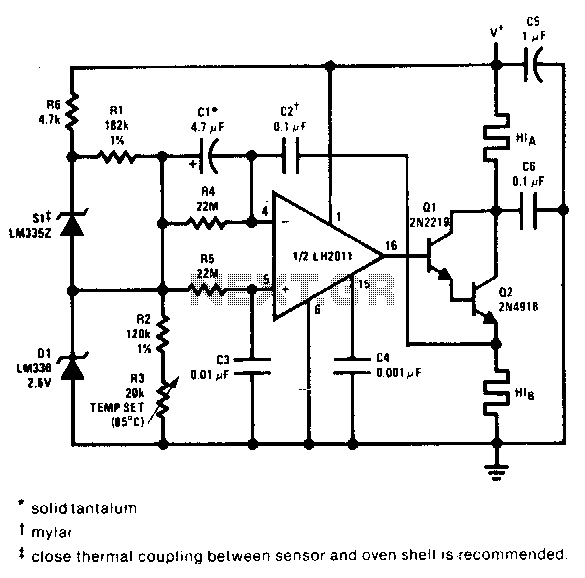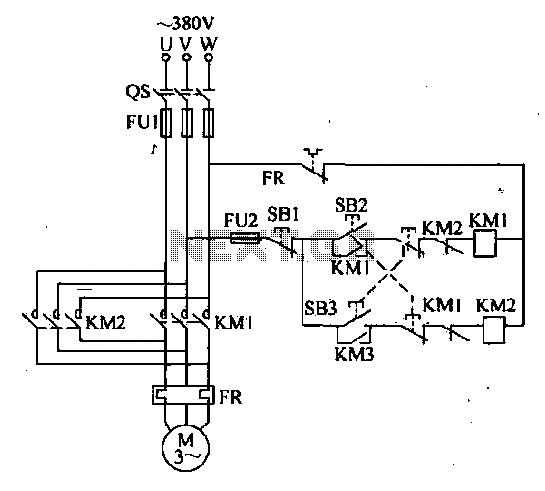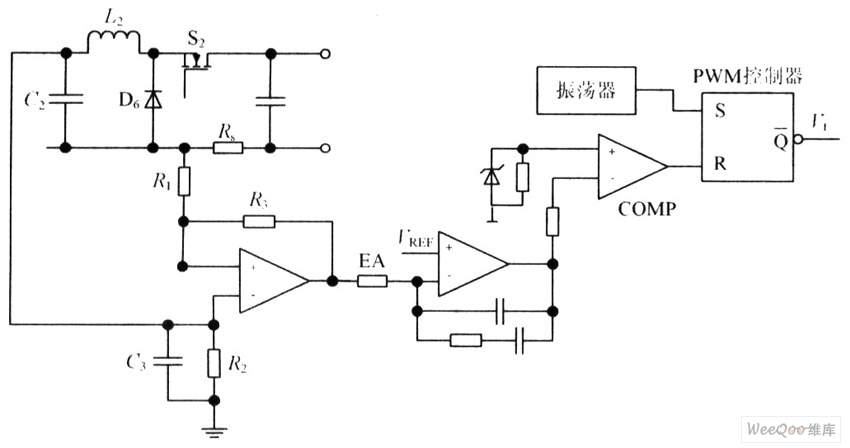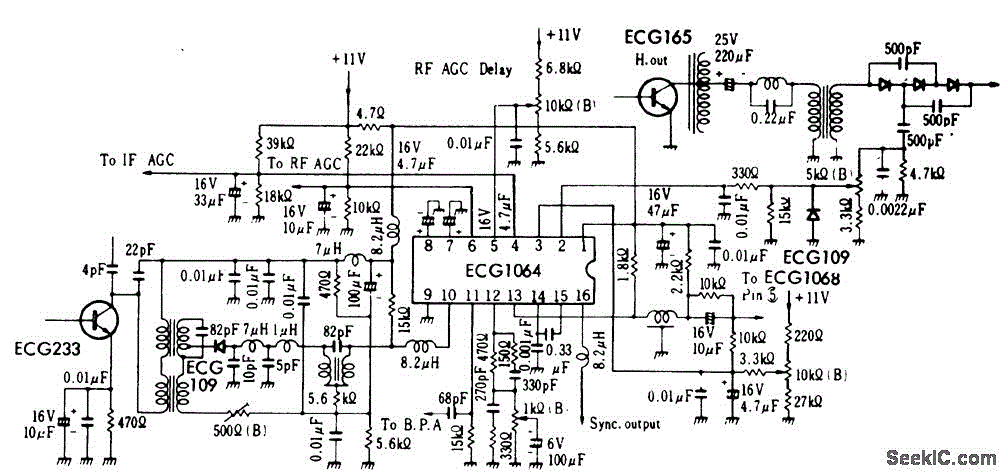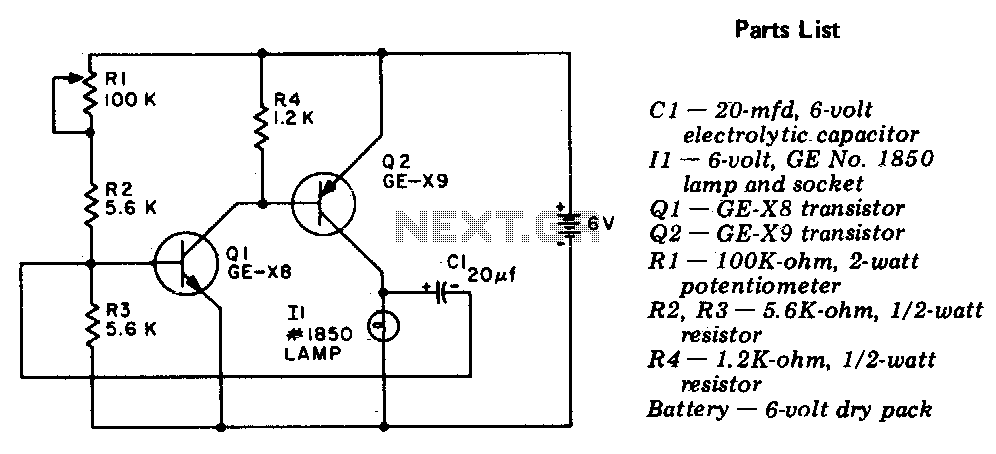
Processor Fan Control
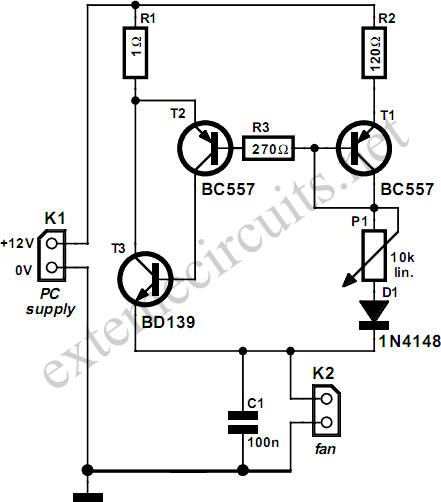
Fans in PCs can be excessively loud. In many instances, the noise generated by the fan can be significantly reduced by decreasing its speed. Although this reduction will lower the cooling capacity, it does not pose a problem as long as the fan is not slowed excessively. This method is particularly effective with older-model processors that consume less power than newer models. This circuit is designed for use with relatively old PCs, as newer models typically have an integrated fan control circuit on the motherboard. These controllers adjust the cooling capacity based on the processor's temperature, increasing it when the processor becomes too warm and decreasing it when the temperature is relatively low. The circuit described consists of only a few components, which are likely to be found in a typical electronics drawer. Transistors T1 and T2 are activated by the base current flowing to the fan via potentiometer P1 and diode D1. A current will always flow through resistor R1, which will be approximately 120 times larger than the current through resistor R2. Resistor R3 is included to prevent the base current of T2 from becoming excessively large when potentiometer P2 is set to its minimum resistance. Diode D1 ensures that even at this extreme setting, the voltage at the base-emitter junction of transistor T3 remains sufficiently high to allow it to conduct.
The circuit operates primarily by regulating the voltage supplied to the fan, thereby controlling its speed and the associated noise level. The transistors T1 and T2 function as switches that are triggered by the varying voltage levels determined by the potentiometers P1 and P2. As the resistance of P1 is adjusted, it alters the base current supplied to T1 and T2, which in turn modulates the fan's operation.
Resistor R1 serves a critical role in ensuring that a stable current flows through the circuit, contributing to the reliable operation of the transistors. The relationship between R1 and R2 is crucial; the design ensures that R1's current is significantly higher, allowing for the necessary amplification to drive the fan effectively. R3 acts as a safeguard, limiting the base current to T2 and preventing it from exceeding safe operating levels, which could potentially damage the transistor.
Diode D1 is essential for maintaining the correct voltage at the base-emitter junction of transistor T3, even when the resistance of P2 is minimized. This feature ensures that T3 can continue to operate effectively, allowing for consistent fan speed control. The overall simplicity of this circuit, combined with the use of readily available components, makes it an excellent solution for reducing fan noise in older PC models. The design can be easily adapted or modified to suit specific requirements or preferences, enhancing its utility in various applications.Fans in PCs can be objectionably loud. In many cases, the amount of noise produced by the fan can be considerably reduced by lowering its speed. Although this will decrease the amount of cooling, this need not be a problem as long as you don`t go overboard with slowing down the fan.
Particularly with older-model processors, which consume quite a b it less power than the latest models, this trick can be used without any problems. This circuit is anyhow intended to be used with relatively old PCs, since more recent models generally have a fan control circuit already integrated into the motherboard. These controllers ensure that the amount of cooling is increased if the processor becomes too warm and decreased if the processor temperature is relatively low.
The circuit described here consists of only a handful of components, which you will probably already have in a drawer some-where. Transistors T1 and T2 are driven into conduction by the base current‚owing to the fan via P1 and D1. There will always be a current‚owing through R1, and it will be approximately 120 times as large as the current through R2.
R3 has been added to prevent the base current of T2 from becoming too large when P2 is set to its minimum resistance. D1 ensures that even at this extreme setting, the voltage on the base-emitter junction of T3 will still be large enough to allow it to conduct.
🔗 External reference
The circuit operates primarily by regulating the voltage supplied to the fan, thereby controlling its speed and the associated noise level. The transistors T1 and T2 function as switches that are triggered by the varying voltage levels determined by the potentiometers P1 and P2. As the resistance of P1 is adjusted, it alters the base current supplied to T1 and T2, which in turn modulates the fan's operation.
Resistor R1 serves a critical role in ensuring that a stable current flows through the circuit, contributing to the reliable operation of the transistors. The relationship between R1 and R2 is crucial; the design ensures that R1's current is significantly higher, allowing for the necessary amplification to drive the fan effectively. R3 acts as a safeguard, limiting the base current to T2 and preventing it from exceeding safe operating levels, which could potentially damage the transistor.
Diode D1 is essential for maintaining the correct voltage at the base-emitter junction of transistor T3, even when the resistance of P2 is minimized. This feature ensures that T3 can continue to operate effectively, allowing for consistent fan speed control. The overall simplicity of this circuit, combined with the use of readily available components, makes it an excellent solution for reducing fan noise in older PC models. The design can be easily adapted or modified to suit specific requirements or preferences, enhancing its utility in various applications.Fans in PCs can be objectionably loud. In many cases, the amount of noise produced by the fan can be considerably reduced by lowering its speed. Although this will decrease the amount of cooling, this need not be a problem as long as you don`t go overboard with slowing down the fan.
Particularly with older-model processors, which consume quite a b it less power than the latest models, this trick can be used without any problems. This circuit is anyhow intended to be used with relatively old PCs, since more recent models generally have a fan control circuit already integrated into the motherboard. These controllers ensure that the amount of cooling is increased if the processor becomes too warm and decreased if the processor temperature is relatively low.
The circuit described here consists of only a handful of components, which you will probably already have in a drawer some-where. Transistors T1 and T2 are driven into conduction by the base current‚owing to the fan via P1 and D1. There will always be a current‚owing through R1, and it will be approximately 120 times as large as the current through R2.
R3 has been added to prevent the base current of T2 from becoming too large when P2 is set to its minimum resistance. D1 ensures that even at this extreme setting, the voltage on the base-emitter junction of T3 will still be large enough to allow it to conduct.
🔗 External reference
